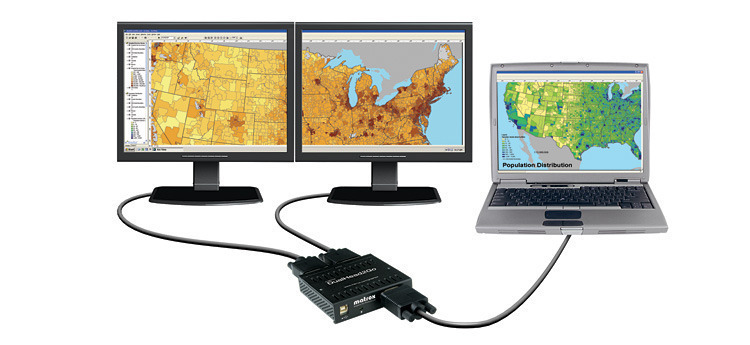

Step 3: Plug the other end of the same HDMI cable into the HDMI port found on the USB-C to HDMI adapter. Step 2: Connect one side of an HDMI cable to one of your HDMI monitor’s HDMI IN ports. Step 1: Ensure your HDMI monitor and laptop/PC are both connected to power or sufficiently charged. You can connect your USB-C-compatible laptop/PC to an HDMI-compatible monitor using a USB-C to HDMI adapter. While USB-C ports are marginally less common than USB-A ports, they can still be found on countless laptops/PCs.Īs always, your laptop/PC’s USB-C port must meet the required specifications. If all of your laptop’s USB-A ports are occupied, consider using its USB-C port instead.

Step 4: Next, connect the adapter’s attached USB-A cable to your laptop/PC’s USB-A port. Step 3: Then, connect the other end of the HDMI cable to the USB-A to HDMI adapter’s HDMI port. Step 2: Plug one end of your HDMI cable into your monitor’s HDMI IN port. If you’re using a laptop with a built-in battery, ensure it’s sufficiently charged and connected to its charging cable if needed.

#CONNECT IDISPLAY VIA UB PC#
Step 1: Connect your monitor and PC to the power. Once you’ve confirmed that your USB-A port is compatible with this connection, you’re ready to connect your laptop/PC to your monitor by following the instructions below.
#CONNECT IDISPLAY VIA UB HOW TO#
Skip to the following section How to Check Your USB’s Specification on your Laptop? to learn how to verify your USB port version. However, your laptop/PC’s USB-A port must meet the required specifications. For USB-A Port on a Laptop (USB 2.0, 3.0, 3.1, 3.2)Īlmost all modern laptops/PCs have a USB-A port which can be used to connect it to a monitor. However, they are usually found on printers, scanners, docking stations, and hubs as input ports. Meanwhile, USB-B ports are rarely featured on laptops or PCs. USB-A and USB-C ports are usually found on computers. You cannot tell which USB specification your laptop/PC has by looking at it. On the other hand, USB 2.0, 3.0, and 4.0 are different specifications for the connector type. You cannot, for instance, plug a USB-A plug into a USB-C port, and vice versa. USB-A, B, and C are all different USB connector types, meaning they vary physically and are compatible with different ports.


 0 kommentar(er)
0 kommentar(er)
